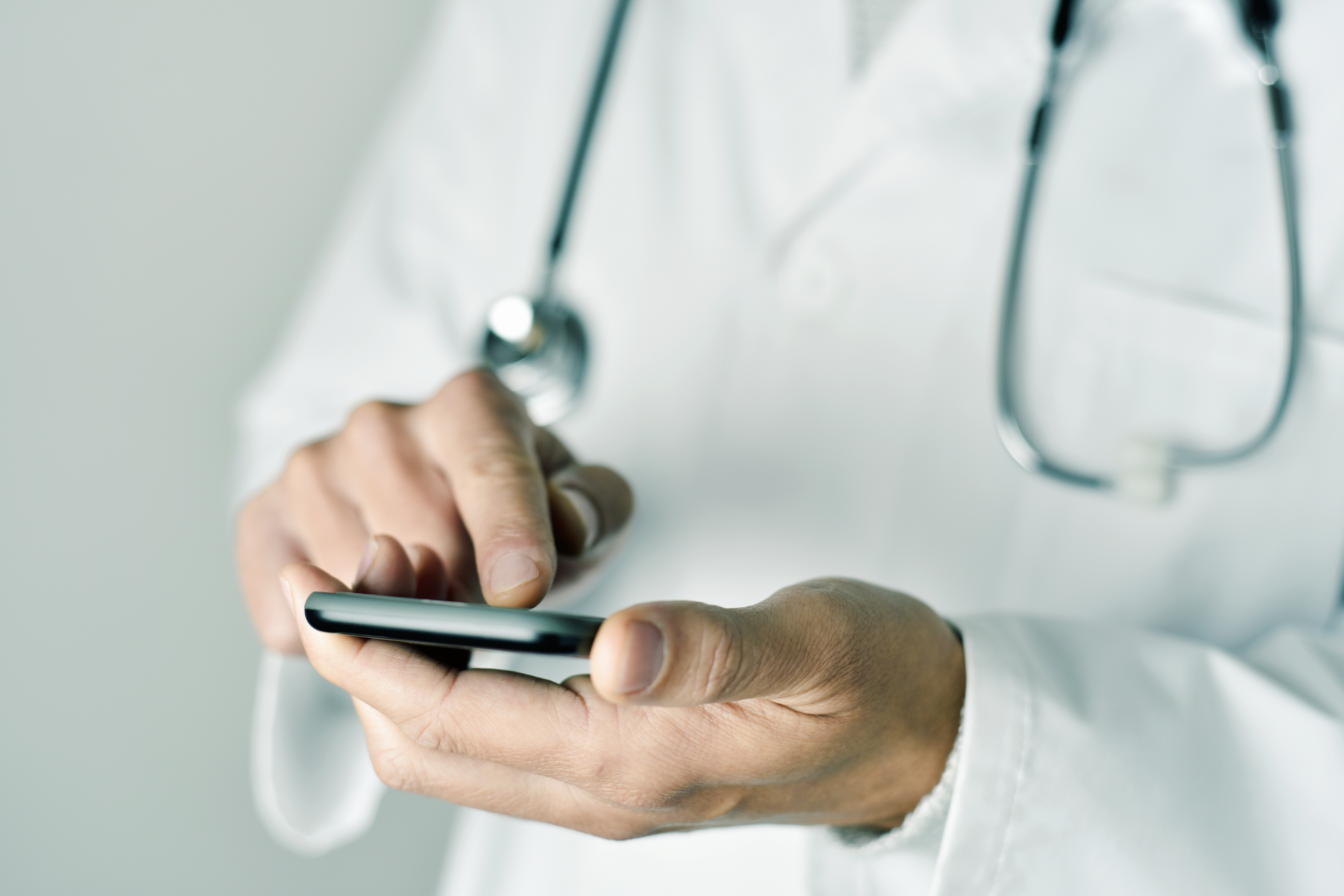COVID-19 has placed a spotlight on the systemic healthcare and socioeconomic disparities faced by vulnerable patient groups in the United States. One key to improving access to healthcare for low income and rural patients is increased adoption and more widespread use of mobile health – or mHealth – apps, which leverage the ubiquity of mobile phones to help eliminate the financial and geographical barriers that often keep disadvantaged communities from receiving routine and specialized medical care.
According to the CDC, racial and ethnic minority populations experience higher death rates during public health emergencies largely because low-income households tend to have restricted access to medical care, are more likely to be uninsured or underinsured and are less likely to be able to afford health care expenses such as deductibles and copays. According to a report by the Urban Institute and Center on Society and Health, adults below the federal poverty line are five times more likely to report to be in poor health compared to individuals in affluent households, and that was before the coronavirus pandemic made this divide even more apparent.
Ironically, patients living in rural areas face similar barriers to care for slightly different reasons. For the 46 million Americans living in rural communities – who tend to be older and are more likely to suffer from heart disease, cancer, and chronic lower respiratory diseases than urban residents – receiving medical attention is often a challenge. Lack of public transportation and long travel distances to clinics that make it difficult for rural patients to access healthcare when needed, and there are only 39.8 physicians per 100,000 people in rural areas.
Encouragingly, the ubiquity of smartphones and increased investment in the digital health market has made mobile health technology uniquely positioned to play a key role in expanding access to care. It is estimated that there are over 318,000 health apps available worldwide with approximately 200 new ones being added every day, and investment in the space is projected to reach $102.35 billion by 2023. Encouragingly, 35 percent of healthcare consumers are using mHealth apps now compared to just 16 percent in 2014 – presenting a unique opportunity to make healthcare more accessible for vulnerable communities.
Approximately 71 percent of lower-income Americans have a smartphone, and research has shown that individuals in low-income households are more likely to rely on their smartphones to access the internet compared to wealthier individuals. A study by John Hopkins Bloomberg School of Public Health found that the average price of a doctor’s appoint for an uninsured patient is $160, and as noted by the university’s assistant professor Brendan Saloner, a $100 medical bill amounts to 10 percent of the monthly income of an individual living at the poverty level. Conversely, mobile health apps are much more cost-effective for low-income households. Not only are most free to download, but many offer video telemedicine consultations at much lower prices than in-person visits, making access to care more affordable.
Mobile health apps also make it easier for rural patients to access medical care. One study found that individuals living in rural communities often have to travel 60 to 100 miles one-way just to receive care from an adequate doctor or specialist. mHealth can bridge that gap by allowing patients to connect with doctors via their mobile devices, cutting travel times and costs.
Although the adoption of mHealth apps has been slow, a recent PWC digital health survey found that 77 percent of doctors have recommended an app or digital program to their patients, 54 percent of consumers are willing to try an FDA-approved app or digital tool for the treatment of a medical condition, and 66 percent of patients said an app or digital program improved their treatment. Furthermore, many healthcare professionals (86 percent) have noted that mobile health apps can help them better understand their patients’ condition. For example, apps like Migraine Buddy allows patients to log critical information about the frequency, duration, and location of their migraine attacks that they can then share directly with their doctors, giving physicians access to far more diagnosable information than they could ever get from an office visit, which will ultimately lead to improved patient outcomes.
It is clear that the ability to connect remotely with physicians can benefit all patients as highlighted by the COVID-19 pandemic. While telemedicine is without a doubt the future of healthcare, the adoption of mobile health technologies also has tremendous potential to broaden access to healthcare for individuals who are at a socioeconomic or geographical disadvantage. The global mobile health app market is on the rise, and the opportunity to leverage this momentum to aid vulnerable communities should not be overlooked.


